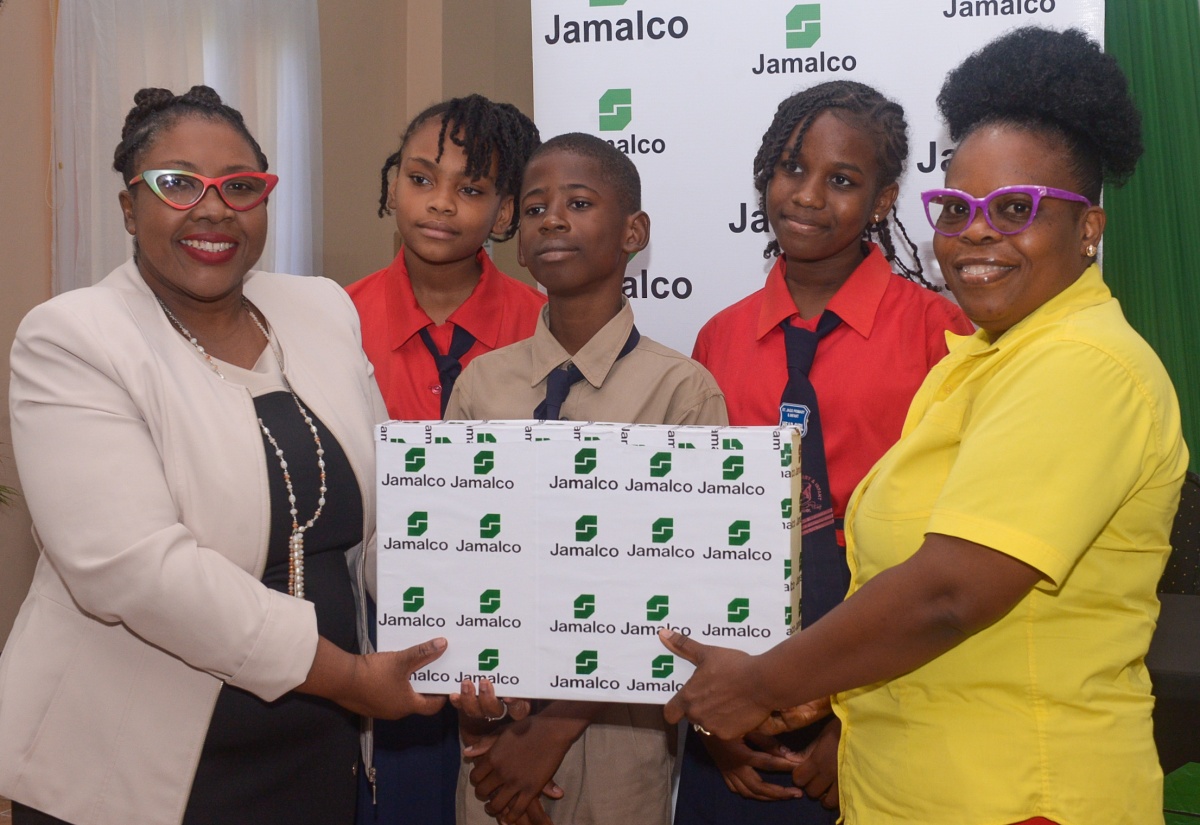Education Ministry Expanding Access to Learning Through Print, Audio and Visual Tools
By: , September 11, 2025The Full Story
The Ministry of Education, Skills, Youth and Information’s Media Services Unit continues to strengthen the national teaching and learning framework through the strategic development of educational resources in print, audio, and audiovisual formats.
Assistant Chief Education Officer, Dr. Nadine Simms, tells JIS News that all content developed by the Unit is age-appropriate and guided by official curriculum frameworks.
“So, the activities… the objectives would have been appropriate for the different levels within the system. We also use universal design for learning principles [and] that involves colours and the use of textiles to make content come alive. We also use multiple media learning theories, and that involves the length and the depth of content creation,” she states.
“So, for a young child, you would not produce a video that is too long, it has to be… bite-size. Colours are very important and how you use the animation for the content to come alive. We also use AI (artificial intelligence) to assist with the characters, voices, songs, et cetera. We also match talent with the different age groups. So if we’re building content for a child, we would use a child’s voice [and] if we’re building content for a teenager, we would use a teenager,” Dr. Simms adds.
Teachers, parents and students can visit the Ministry’s website – https://moey.gov.jm/, as well as the BookFusion website – https://www.bookfusion.com/libraries/MOEYI, to access literacy and numeracy resources.
“At grades one to three, the content that is there, we are using it to excite our students to want to read and learn. With them being excited and wanting to read and learn, they will eventually become self-directed learners. So you find that they don’t have to wait until they’re in the classroom to want to read a book,” Dr. Simms notes.
She further states that the technology empowers students to learn at their own pace, with 24/7 access to content that can be reviewed and repeated until mastery is achieved.
“Also, for our content, we have interactive assessments that cater to multiple intelligences. So, for example, if you’re spatially intelligent… if you’re an auditory learner or if you’re a visual learner, the different learning styles, they appeal to you. If you have different accessibility needs, we ensure that closed [captioning is facilitated] or somebody’s there doing sign language. So we are catering to the different learning realities,” Dr. Simms outlines.
She emphasises that the Unit’s approach is designed to move beyond passive learning.
“So it is interactive, engaging, and it stimulates you to want to learn. So that is what we want to develop – persons who become very excited about learning, and we have an agenda looking at improving numeracy and literacy. So we’re doing everything possible to get our students to be very focused when it comes to accessing content,” Dr. Simms adds.
The Assistant Chief Education Officer notes that today’s students, as digital natives, are naturally drawn to technology, often associating it primarily with entertainment.
“But we’re taking it a step further. We’re saying, yes, you love technology for entertainment, but there’s the educational side of it. So while you’re embracing the technology, while you’re scrolling and reading, you are also learning. So teaching and learning is taking place while they are in this space. Also, with curriculum-aligned resources, it reinforces the learning experience.
“You can access the content 24/7. You can do self-paced learning. So… if I were taught something and the content was very difficult, I can go back. For example, you’re learning about the water cycle or living and non-living things in the environment, the content is there, it shows you how the water cycle operates. There’s animation as well [and] the use of colour that appeals to the students,” she adds.
Dr. Simms encourages parents to actively participate in their children’s learning journey by exploring and utilising the educational resources provided by the Unit.
“One of the things about digital technology is that it gives instant feedback; so you have an idea of where you are and where the gaps are. Also, with ICT (information and communications technology), it prepares our students for life. So, when they complete their secondary education, some will go into the world of work, while some will go on to higher education. It doesn’t matter where you go… with these ICT skills and [being] familiar with digital content, you’re better able to function,” she states.

